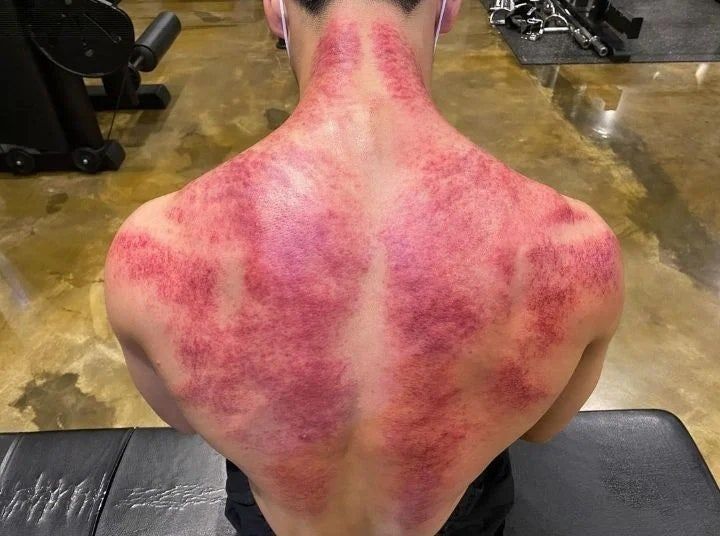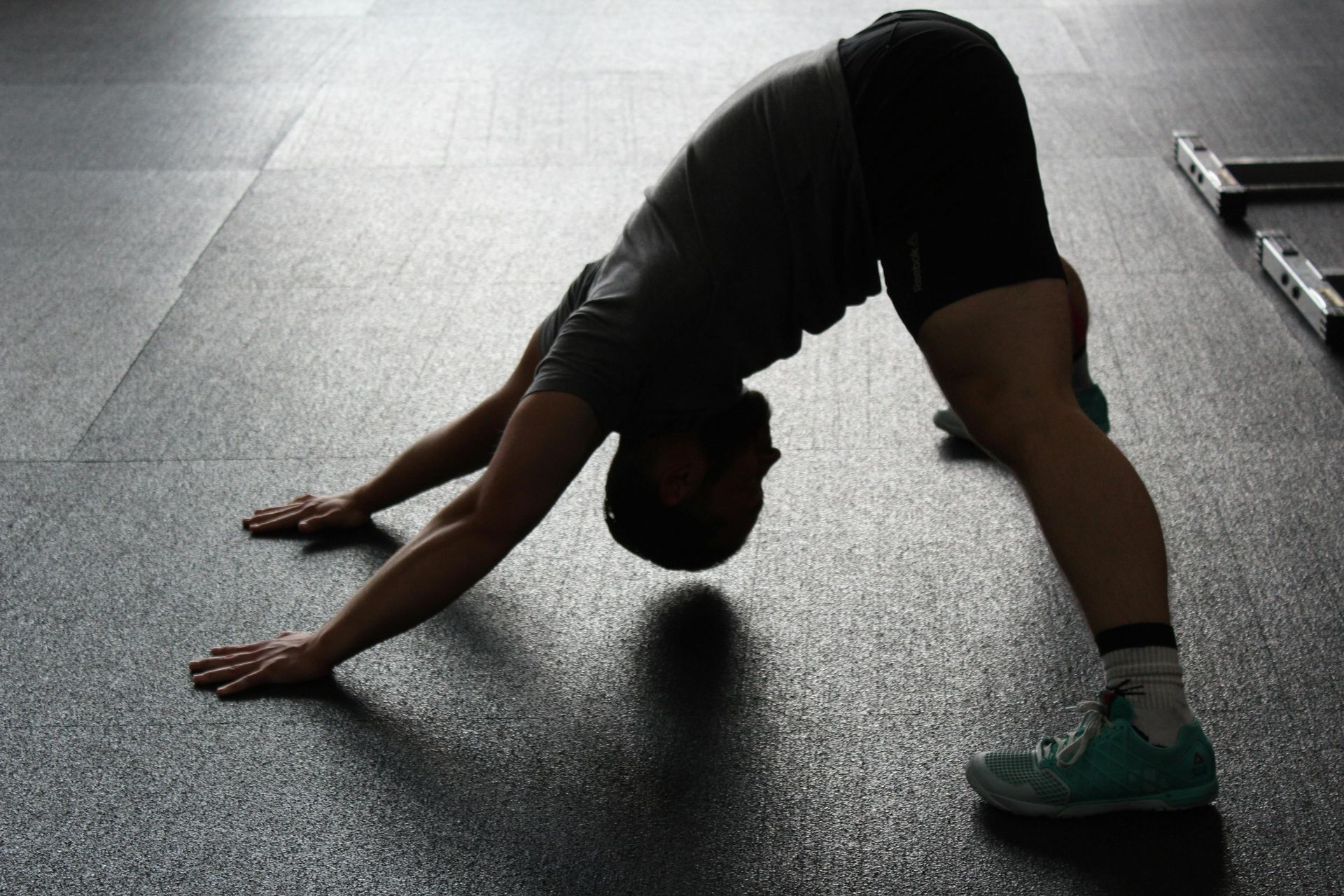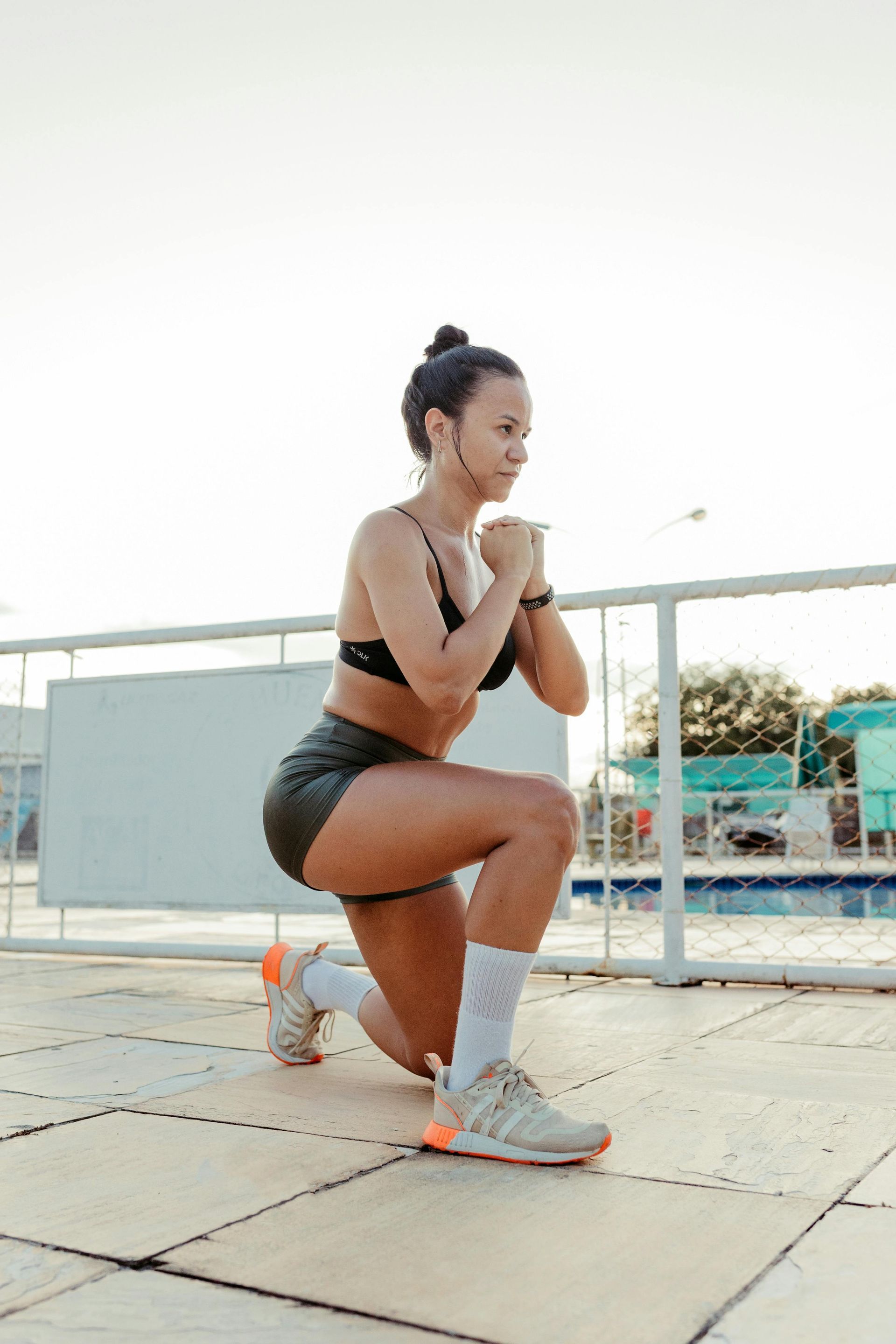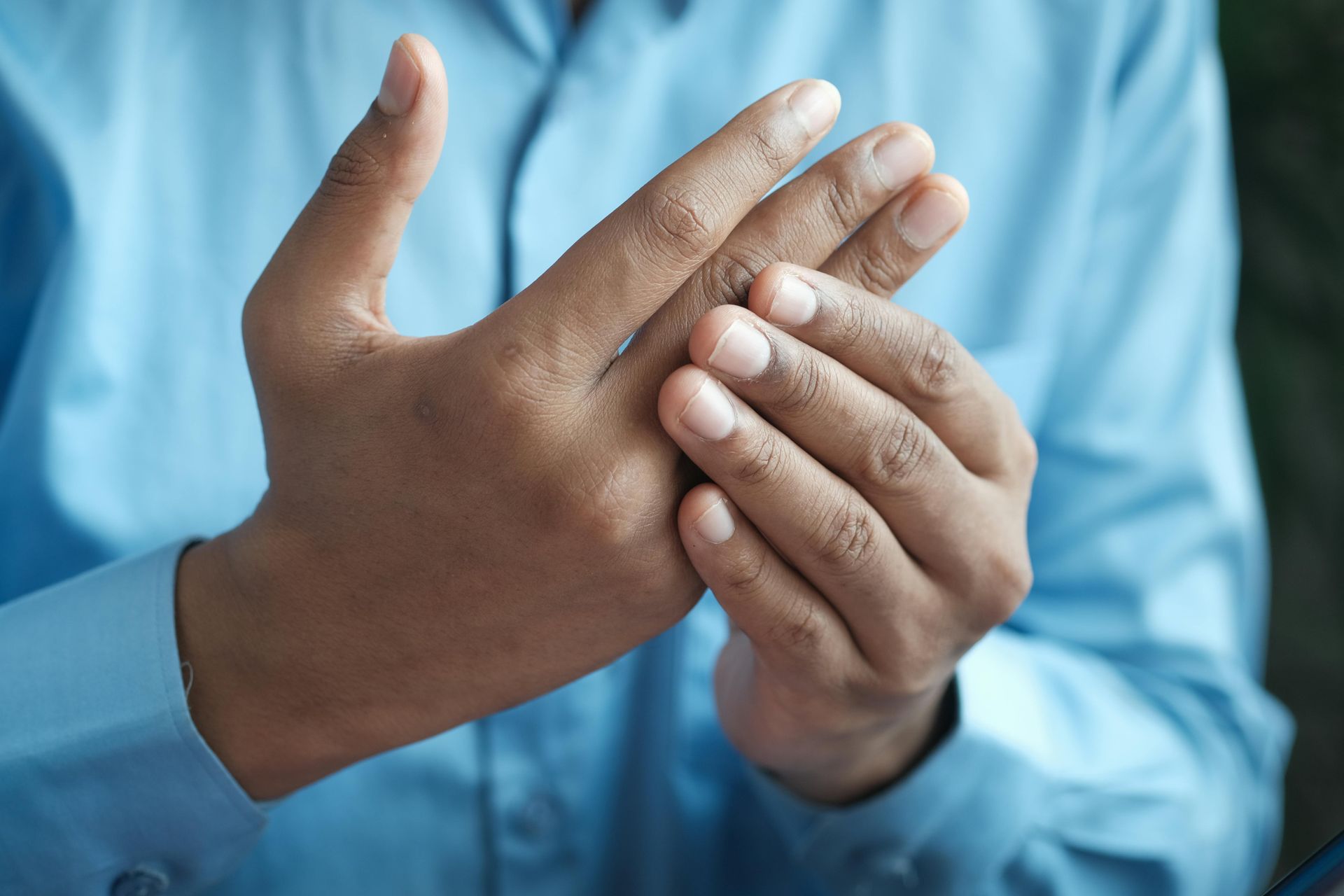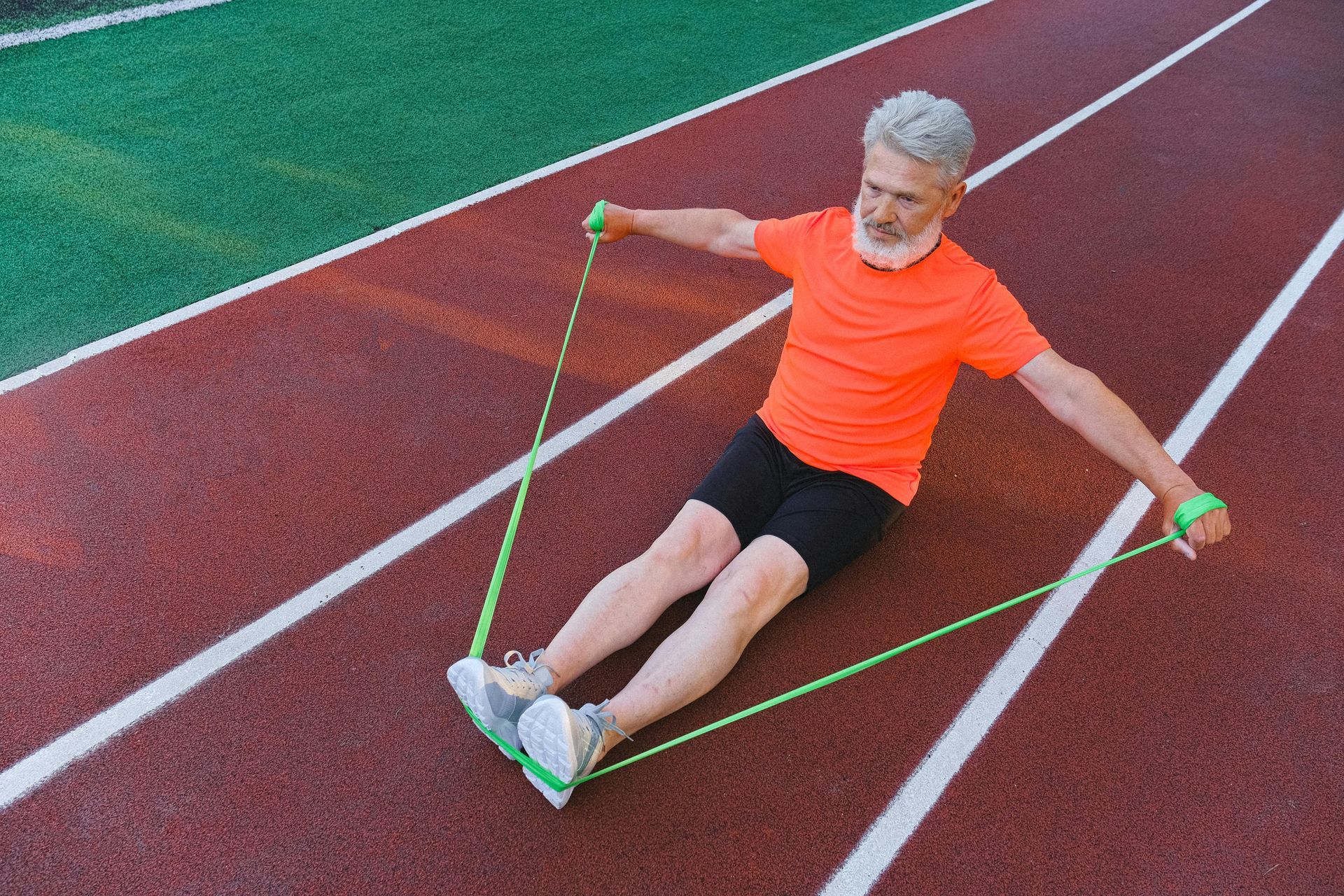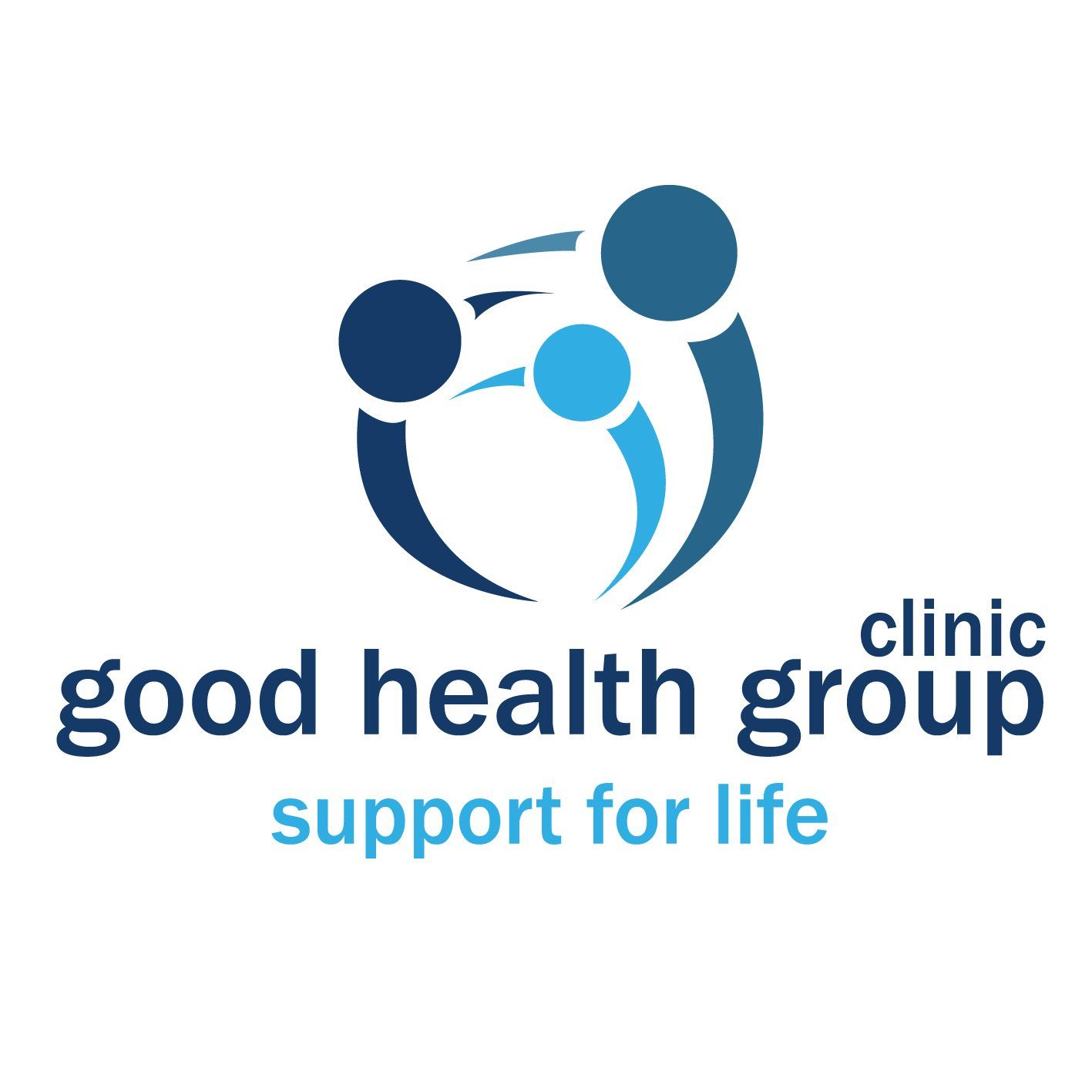Understanding Shoulder Pain: A Guide to Rotator Cuff Injuries and Recovery
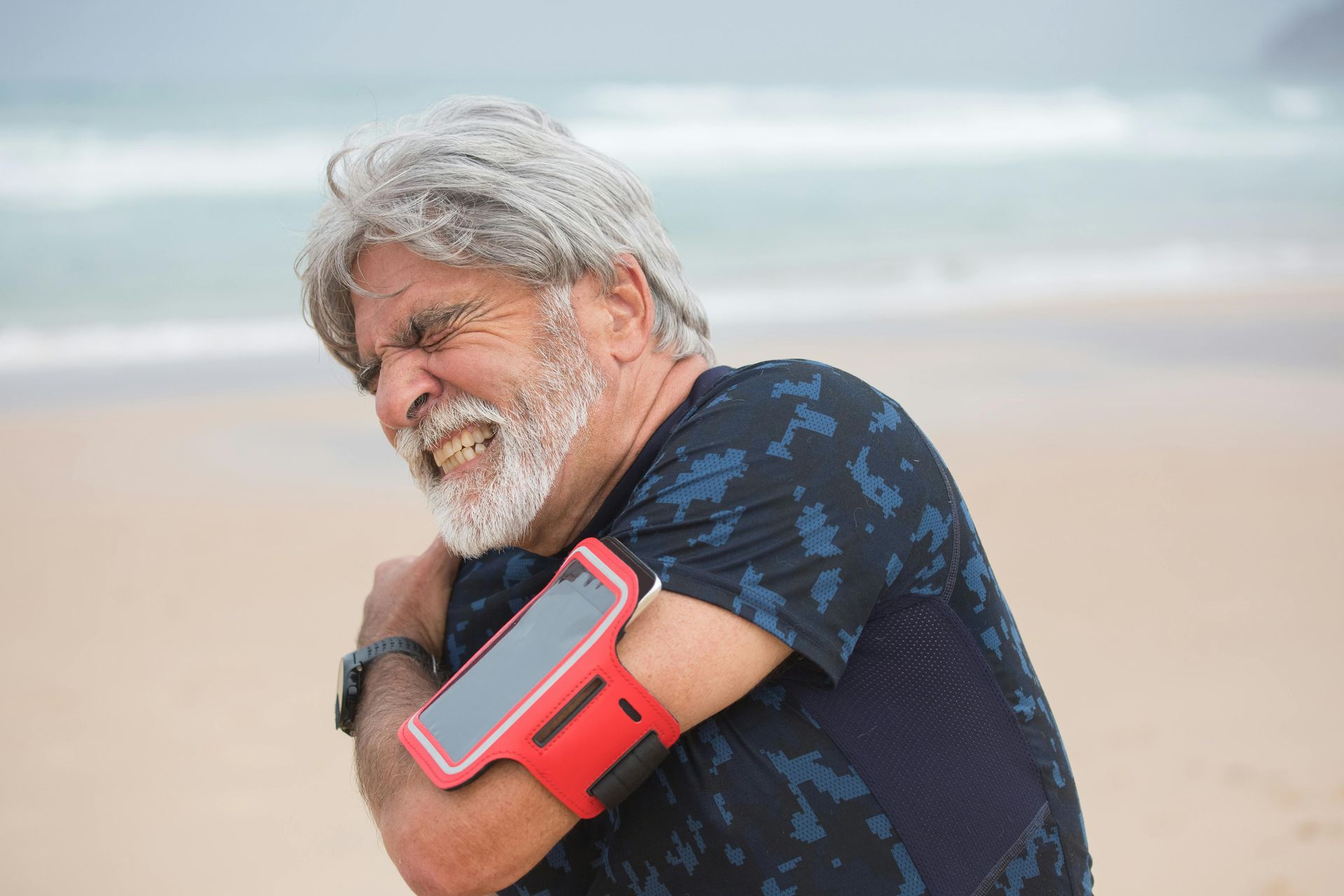
Shoulder pain is something many people face at some point, and
rotator cuff-related pain is one of the most common causes.
Whether you’re struggling to lift your arm or finding it difficult to sleep on your side, shoulder pain can interfere with daily life.
The good news? For most people, this pain improves with a combination of the right advice, treatment, and exercises.
Let’s explore what causes rotator cuff pain, its symptoms, and how you can take steps to recover and regain your shoulder strength.
The Shoulder: A Joint Built for Movement
Your shoulder is one of the most mobile joints in your body, but that mobility comes with a trade-off: it’s prone to injury.
The shoulder has two key joints:
- The Glenohumeral Joint
This ball-and-socket joint is where your arm bone (humerus) meets your shoulder blade (scapula), allowing a wide range of motion for activities like lifting and throwing. - The Acromioclavicular (AC) Joint
This joint connects the top of your shoulder blade (acromion) to your collarbone (clavicle) and plays a stabilising role.
What Is the Rotator Cuff?
The
rotator cuff is a group of four muscles that surround the shoulder joint.
These muscles:
- Help lift and rotate your arm.
- Keep the ball of the shoulder joint centred in the socket.
Above the rotator cuff is a bursa, a fluid-filled sac that reduces friction and ensures smooth movement between tendons and bone.
Why Does Rotator Cuff Pain Happen?
Rotator cuff pain often develops gradually, especially from repetitive movements or lifestyle changes.
Common causes include:
- Overhead movements, such as painting or lifting.
- Starting a new sport or workout involving
shoulder activity.
- Returning to activity too quickly after a break.
Symptoms of Rotator Cuff Pain
Typical symptoms include:
- Pain at the
front or side of the shoulder, especially noticeable at night or when lying on the affected side.
- Discomfort when lifting your arm above shoulder height.
- Clicking or grinding sounds during movement.
- Painful movement, though stiffness may not restrict your range of motion.
The Importance of Staying Active
One common mistake people make with shoulder pain is avoiding using the shoulder entirely.
If you stop using your shoulder because of pain, it’s likely your shoulder will become worse over time.
It’s crucial to keep your shoulder moving in daily activities as much as pain allows. This prevents stiffness, maintains strength, and promotes healing.
Why Stretching, Mobility, and Strength Exercises Are Key
A single treatment session—like those we offer at Good Health Group Clinic—is only
60 minutes per week. That leaves you with
167 hours to look after your shoulder at home.
To see real improvement, it’s essential to commit to a routine that includes:
- Stretching to release tight muscles and maintain flexibility.
- Mobility exercises to improve your range of motion.
- Strength exercises to stabilise the shoulder and protect the rotator cuff from further strain.
A Real Example: Shoulder Pain in Action
A 33-year-old scaffolder and footy player came to us with:
- Limited shoulder movement, especially internal rotation (he couldn’t touch his back with either hand).
- Clicking and grinding in both shoulders.
- Pain during push-ups and other upper-body exercises.
- A history of left shoulder dislocation and right shoulder injury.
What We Found
Our assessment showed:
- Tight muscles in his
rhomboids,
glutes, and
piriformis.
- Restricted internal rotation and horizontal flexion in his shoulders.
- Discomfort in his lower back and left ankle due to a previous injury.
What We Did
We treated him with:
- Remedial Massage: Released muscle tension to improve flexibility and movement.
- Trigger Point Therapy and Dry Needling: Targeted deep areas of tightness to reduce pain.
- Personalised Exercises: Focused on improving shoulder mobility and strength.
The result? He felt immediate progress after the first session and continued to improve with regular exercises.
Take Control of Your Recovery
If you’re experiencing shoulder pain, here are some steps to get started:
- Keep using your shoulder as much as pain allows: Avoid complete rest, as it can lead to stiffness and weakness.
- Stay consistent with your exercises: Stretching, mobility, and strengthening are your best allies.
- Seek professional advice: A therapist can assess your condition and guide you with the right treatment plan.
Conclusion
Rotator cuff pain can be frustrating, but with the right approach, you can take control and see real improvement. Remember, it’s not just about what happens during a treatment session, it’s about how you care for your shoulder in the hours and days between.
With patience, consistency, and the right support, you’ll be back to moving freely and doing what you love.
Don’t let shoulder pain hold you back, start your recovery journey today!
Meet the Experts Behind Your Recovery
At
Good Health Group Clinic, we’re dedicated to helping you manage shoulder pain and get back to doing what you love.
Our expert practitioners include:
- Sam Noh,
Remedial Massage and
Dry Needling Therapist, specialising in tailored treatments and exercise plans to relieve pain and improve mobility.
- Ian Selvarajoo,
Myotherapist, with a focus on treating sports injuries and enhancing performance.
- Dr Tanja Nishibata,
Chiropractor, who brings expertise in restoring joint function and optimising movement patterns.
Together, we provide a holistic approach to shoulder pain, combining hands-on treatments with practical advice to support your recovery.
Ready to Take the Next Step?
Shoulder pain doesn’t have to hold you back.
With the right support, you can take control of your recovery and start feeling better.
Our team at Good Health Group Clinic is here to help you every step of the way.
Take the first step towards pain-free movement by booking an appointment today.
Click the button below to secure your session with one of our experts.
References
- American Academy of Orthopaedic Surgeons (AAOS) – Rotator Cuff Injuries
- Physiotherapy Evidence Database (PEDro) – Evidence for Exercise in Rotator Cuff Pain
- Shoulder and Elbow Society of Australia (SESA) – Shoulder Pain Guidelines
Blogs


